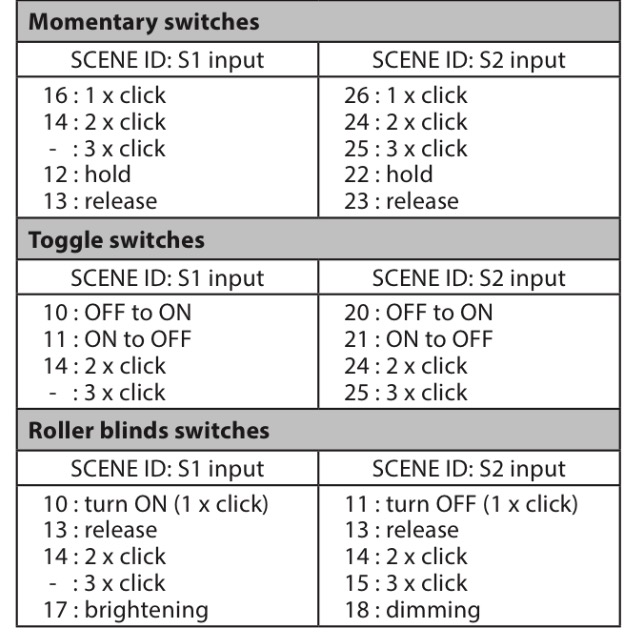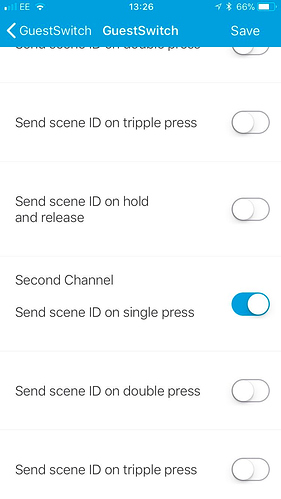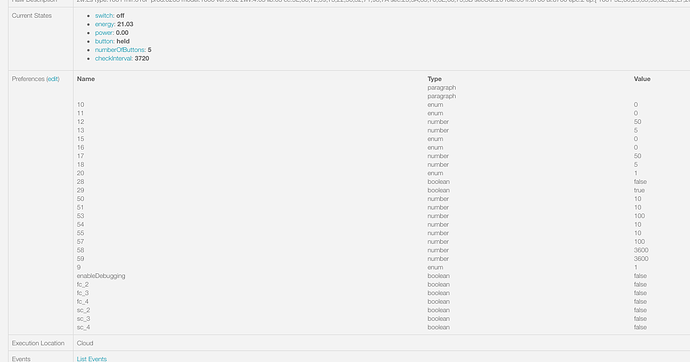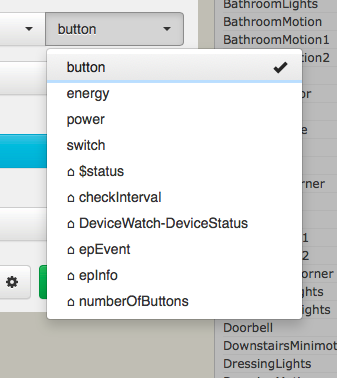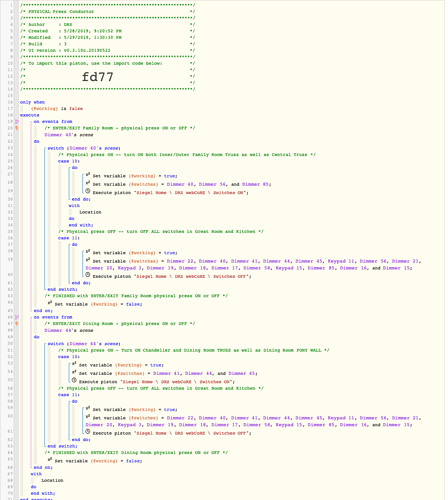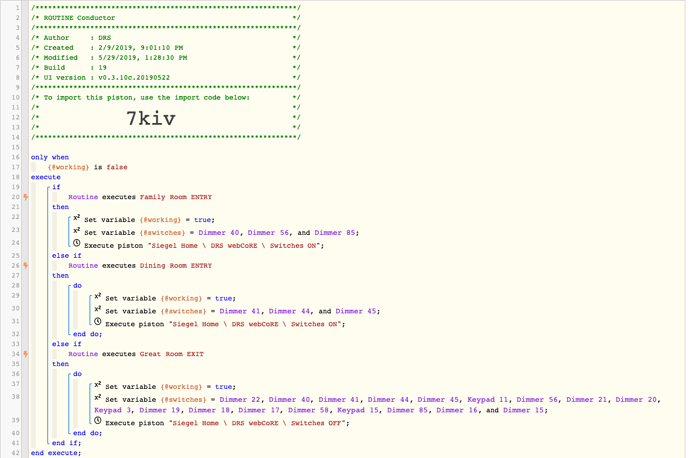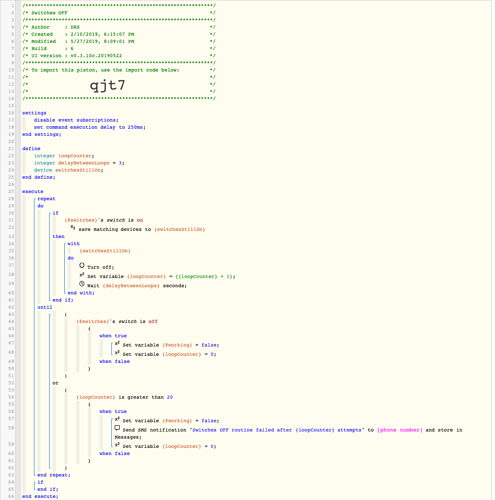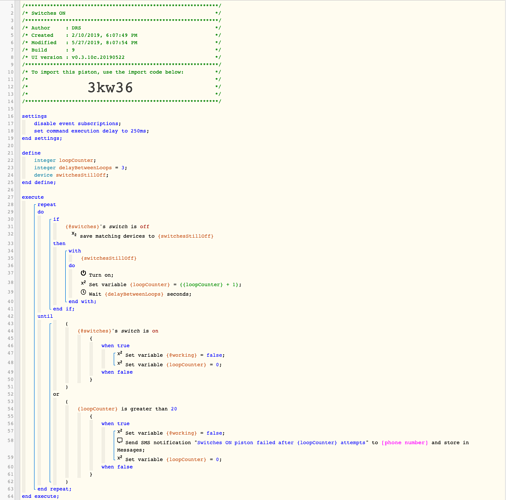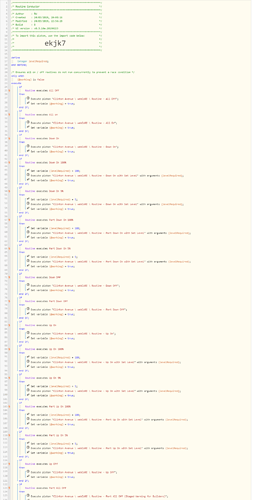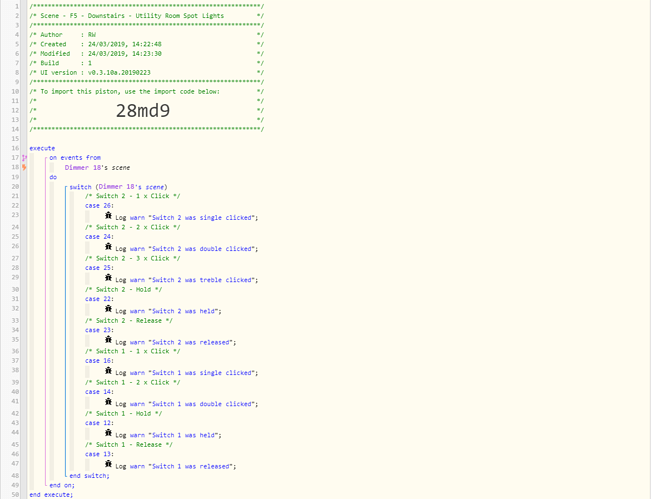Robin
I realize this was an old post, but I dont know whether things have changed in this regard.
I have now completed my installation of 100+ Fibaro Dimmer 2 and Single Switch 2 devices, and am turning my attention to “scenes” (broadly interpreted).
With your help, I experimented with webCore a few months ago, and am now finding that the ability to distinguish between “physical” and “programmatic” changes would be a very useful feature. While I see that feature in webCore, I understand that Fibaro and other devices dont seem to provide state change notifications that make this distinction (assuming that is still true).
I have also discovered that it would be nice to trigger a scene when a switch is pressed physically but doesnt change its state (ie, it is physically pressed On when the Fibaro is already on, or physically pressed Off when the Fibaro is already Off).
Let me try to describe one of my scenarios to better describe these issues.
I have a “great room” with 2 switch locations – one at each of the great room’s two primary entry/exit points. One is connected to a “central” circuit of lights, while the other is connected to a “far wall” circuit of lights. And the room contains multiple other switches and circuits.
My goal is to set up two different “entry” scenes depending on which of these two primary switches is physically pressed On (each of which turns on particular circuits, including the one physically connected to the relevant switch), and a single “exit” scene that turns off ALL of the lighting circuits in the great room.
One problem I encountered is the “physical” v “programmatic” issue, which causes the scene to be triggered whenever I programmatically (classic App, Alexa, etc) turn on the “central” or “far wall” circuits. Even with the “scene ID” workaround you described above, the scene ID does not change if the Fibaro previously was, for example, turned on physically, but turned off programmatically.
I also found that the lack of a state change (eg, physically turning Off a Fibaro that is already Off) prevents a “room off” scene from being triggered if the particular Fibaro (eg, “far wall” circuit) is already Off because someone entered the room by pressing the other Fibaro (“central”) which didnt turn on the “far wall” circuit as part of that particular entry scene.
Anyway, I appreciate any thoughts you have on either of these 2 notification issues (physical v programmatic notifications), and the lack of a notification when a device is physically pressed but does not change state).
Sorry for the long explanation.
Thanks
Dan
![]()

